
Kód: 09016459
Relative Equilibria of the Curved N-Body Problem
Autor Florin Diacu
The guiding light of this monograph is a question easy to understand but difficult to answer: {What is the shape of the universe? In other words, how do we measure the shortest distance between two points of the physical space? Sh ... celý popis
- Jazyk:
 Angličtina
Angličtina - Väzba: Brožovaná
- Počet strán: 146
Nakladateľ: Atlantis Press (Zeger Karssen), 2014
- Viac informácií o knihe

135.66 €

Skladom u dodávateľa v malom množstve
Odosielame za 10 - 14 dní
Potrebujete viac kusov?Ak máte záujem o viac kusov, preverte, prosím, najprv dostupnosť titulu na našej zákazníckej podpore.
Pridať medzi želanie
Mohlo by sa vám tiež páčiť
-

When Bigfoot Attacks
21.73 € -

Knowledge
6.86 € -

History of a Slave
25.37 € -2 % -

Nosotros Decimos No Cronicas (1963-1988)
31.23 € -

sumula vinculante e o precedente judicial
35.58 € -1 % -

Sovetskaya literatura 20-30-h godov XX veka
52.16 € -9 % -

Cambios recientes en las estructuras de gobernanza
26.28 € -1 %
Darčekový poukaz: Radosť zaručená
- Darujte poukaz v ľubovoľnej hodnote, a my sa postaráme o zvyšok.
- Poukaz sa vzťahuje na všetky produkty v našej ponuke.
- Elektronický poukaz si vytlačíte z e-mailu a môžete ho ihneď darovať.
- Platnosť poukazu je 12 mesiacov od dátumu vystavenia.
Viac informácií o knihe Relative Equilibria of the Curved N-Body Problem
Nákupom získate 340 bodov
 Anotácia knihy
Anotácia knihy
The guiding light of this monograph is a question easy to understand but difficult to answer: {What is the shape of the universe? In other words, how do we measure the shortest distance between two points of the physical space? Should we follow a straight line, as on a flat table, fly along a circle, as between Paris and New York, or take some other path, and if so, what would that path look like? If you accept that the model proposed here, which assumes a gravitational law extended to a universe of constant curvature, is a good approximation of the physical reality (and I will later outline a few arguments in this direction), then we can answer the above question for distances comparable to those of our solar system. More precisely, this monograph provides a mathematical proof that, for distances of the order of 10 AU, space is Euclidean. This result is, of course, not surprising for such small cosmic scales. Physicists take the flatness of space for granted in regions of that size. But it is good to finally have a mathematical confirmation in this sense.§§Our main goals, however, are mathematical. We will shed some light on the dynamics of N point masses that move in spaces of non-zero constant curvature according to an attraction law that naturally extends classical Newtonian gravitation beyond the flat (Euclidean) space. This extension is given by the cotangent potential, proposed by the German mathematician Ernest Schering in 1870. He was the first to obtain this analytic expression of a law suggested decades earlier for a 2-body problem in hyperbolic space by Janos Bolyai and, independently, by Nikolai Lobachevsky. As Newton's idea of gravitation was to introduce a force inversely proportional to the area of a sphere the same radius as the Euclidean distance between the bodies, Bolyai and Lobachevsky thought of a similar definition using the hyperbolic distance in hyperbolic space. The recent generalization we gave to the cotangent potential to any number N of bodies, led to the discovery of some interesting properties. This new research reveals certain connections among at least five branches of mathematics: classical dynamics, non-Euclidean geometry, geometric topology, Lie groups, and the theory of polytopes.
 Parametre knihy
Parametre knihy
Zaradenie knihy Knihy po anglicky Mathematics & science Mathematics Calculus & mathematical analysis
135.66 €
- Celý názov: Relative Equilibria of the Curved N-Body Problem
- Autor: Florin Diacu
- Jazyk:
 Angličtina
Angličtina - Väzba: Brožovaná
- Počet strán: 146
- EAN: 9789462390386
- ISBN: 9789462390386
- ID: 09016459
- Nakladateľ: Atlantis Press (Zeger Karssen)
- Hmotnosť: 256 g
- Rozmery: 235 × 155 × 9 mm
- Dátum vydania: 14. April 2014
Obľúbené z iného súdka
-
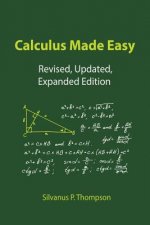
Calculus Made Easy
18.59 € -22 % -
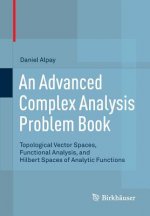
Advanced Complex Analysis Problem Book
95.22 € -
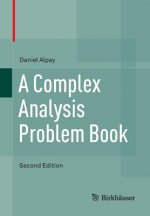
Complex Analysis Problem Book
105.54 € -
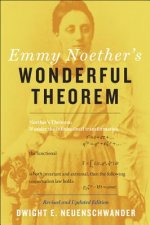
Emmy Noether's Wonderful Theorem
31.94 € -3 % -
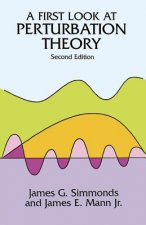
First Look at Perturbation Theory
10 € -24 % -

Infinite Powers: How Calculus Reveals the Secrets of the Universe
14.04 € -27 % -

Cartoon Guide to Calculus
16.37 € -28 % -
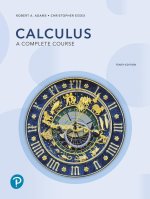
Calculus
85.52 € -
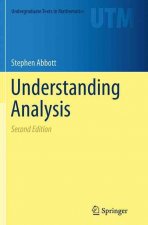
Understanding Analysis
51.45 € -
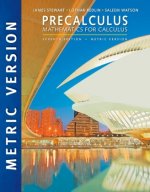
Precalculus: Mathematics for Calculus, International Metric Edition
101.90 € -

Essential Calculus
101.90 € -
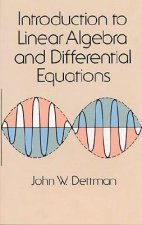
Introduction to Linear Algebra and Differential Equations
13.74 € -24 % -
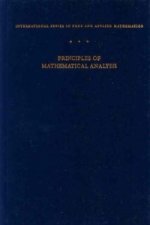
Principles of Mathematical Analysis
231.71 € -
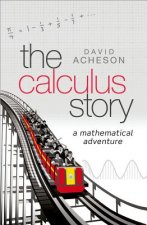
Calculus Story
15.36 € -20 % -
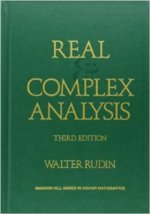
Real and Complex Analysis
246.87 € -
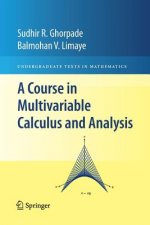
A Course in Multivariable Calculus and Analysis
69.14 € -
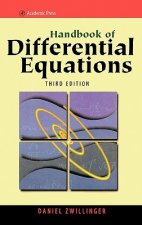
Handbook of Differential Equations
146.28 € -

Fourier Series
8.58 € -23 % -
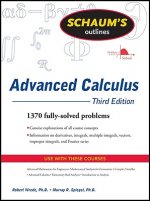
Schaum's Outline of Advanced Calculus, Third Edition
16.27 € -28 % -
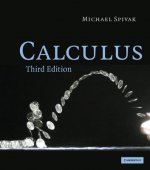
Calculus
58.73 € -
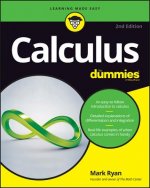
Calculus For Dummies, 2nd Edition
16.47 € -31 % -
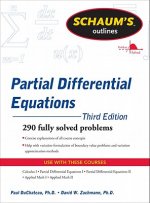
Schaum's Outline of Partial Differential Equations
23.85 € -20 % -
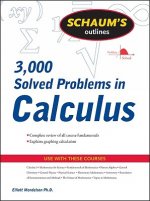
Schaum's 3,000 Solved Problems in Calculus
44.07 € -20 % -

Schaums Outline of Tensor Calculus
24.35 € -12 % -
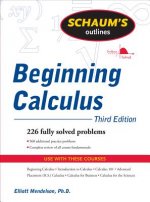
Schaum's Outline of Beginning Calculus, Third Edition
28.50 € -20 % -
![Elements of the Theory of Functions and Functional Analysis [Two Volumes in One] Elements of the Theory of Functions and Functional Analysis [Two Volumes in One]](https://media.libris.to/jacket/08800728t.jpg)
Elements of the Theory of Functions and Functional Analysis [Two Volumes in One]
13.54 € -

Schaum's Outline of Lagrangian Dynamics
26.78 € -20 % -
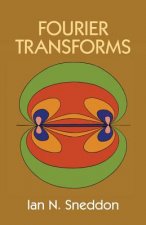
Fourier Transforms
19.30 € -20 % -
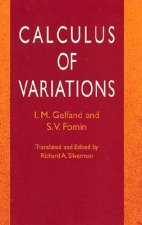
Calculus of Variations
12.43 € -23 % -
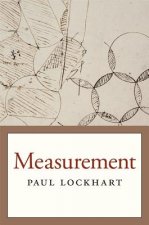
Measurement
24.05 € -10 % -
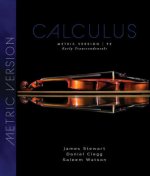
Calculus: Early Transcendentals, Metric Edition
103.21 € -
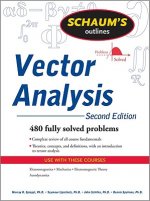
Schaum's Outline of Vector Analysis, 2ed
17.58 € -26 % -
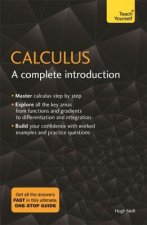
Calculus: A Complete Introduction
17.48 € -18 % -
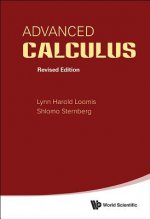
Advanced Calculus (Revised Edition)
31.84 € -
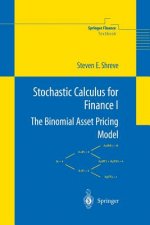
Stochastic Calculus for Finance I
66.92 € -13 % -
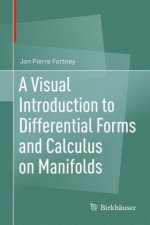
Visual Introduction to Differential Forms and Calculus on Manifolds
72.98 € -13 % -
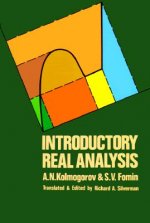
Introductory Real Analysis
23.75 € -23 % -

Differential Equations and Linear Algebra
75.71 € -5 % -
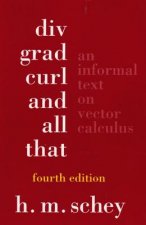
Div, Grad, Curl, and All That
60.85 € -
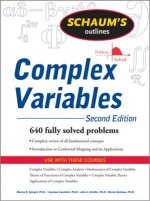
Schaum's Outline of Complex Variables, 2ed
30.83 € -13 % -

Complex Analysis
84.81 € -

Prime Suspects
29.51 € -
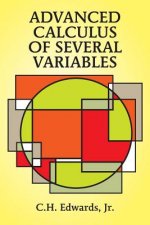
Advanced Calculus of Several Variables
23.44 € -23 % -
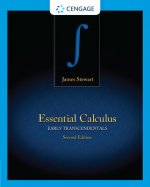
Essential Calculus: Early Transcendentals
122.12 € -
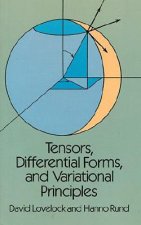
Tensors, Differential Forms and Variational Principles
16.97 € -29 % -
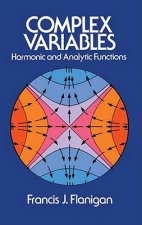
Complex Variables
19.30 € -20 % -
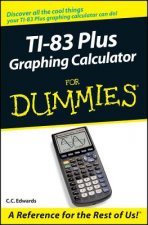
TI-83 Plus Graphing Calculator for Dummies
15.26 € -24 % -
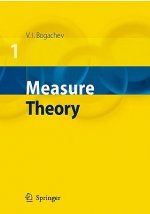
Measure Theory
195.51 € -2 % -
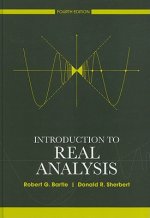
Introduction to Real Analysis 4e
254.25 €
Osobný odber Bratislava a 2642 dalších
Copyright ©2008-24 najlacnejsie-knihy.sk Všetky práva vyhradenéSúkromieCookies


 21 miliónov titulov
21 miliónov titulov Vrátenie do mesiaca
Vrátenie do mesiaca 02/210 210 99 (8-15.30h)
02/210 210 99 (8-15.30h)